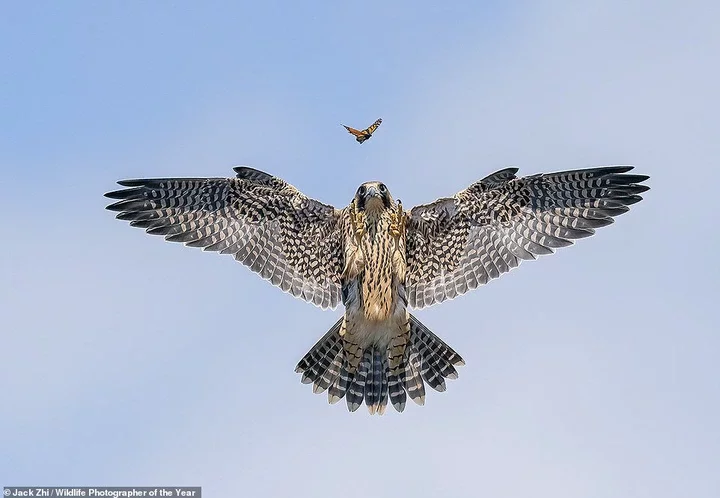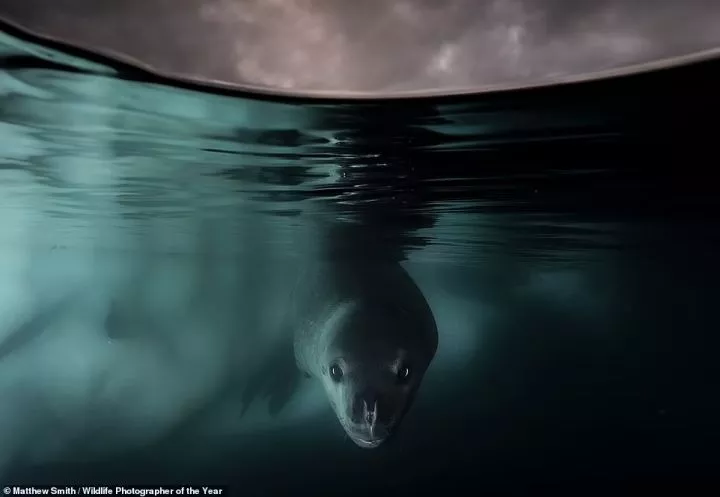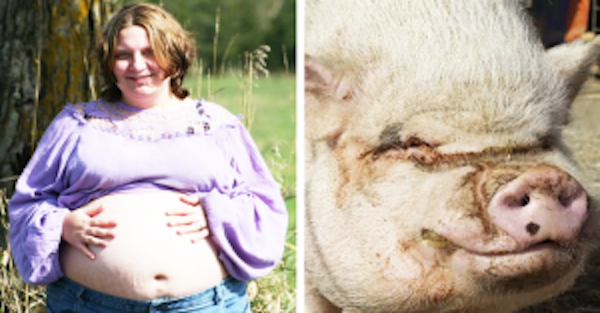
Among the winners of this year's Wildlife Photographer of the Year competition are a 'curious' leopard seal staring into the camera lens, a sleeping baby monkey, and a 'wrestle' between an anaconda and a caiman.
This year saw a record-breaking 59,228 entries from 117 countries and territories enter the competition run by the Natural History Museum.
The prestigious title of 'Wildlife Photographer of the Year' goes to Shane Gross, a Canadian photojournalist, for his photograph that captures the 'magical underwater world of western toad tadpoles'.
Chair of the Jury and Editor, Kathy Moran, comments, 'The jury was entranced by the blend of light, vitality, and interaction between the environment and tadpoles. Additionally, we were thrilled by the introduction of a new species to the Wildlife Photographer of the Year collection.'
Dr Doug Gurr, Director of the Natural History Museum, adds: 'Wildlife Photographer of the Year's longevity is a testament to the vital importance and growing appreciation of our natural world. We are delighted to feature such inspiring images in this year's portfolio - these are photographs that not only encourage further wildlife conservation efforts, but that spark the creation of real advocates for our planet on a global scale.'
Scroll down to see this year's fascinating winning images and head to the very bottom to see Shane's overall winning photo...





































Comments